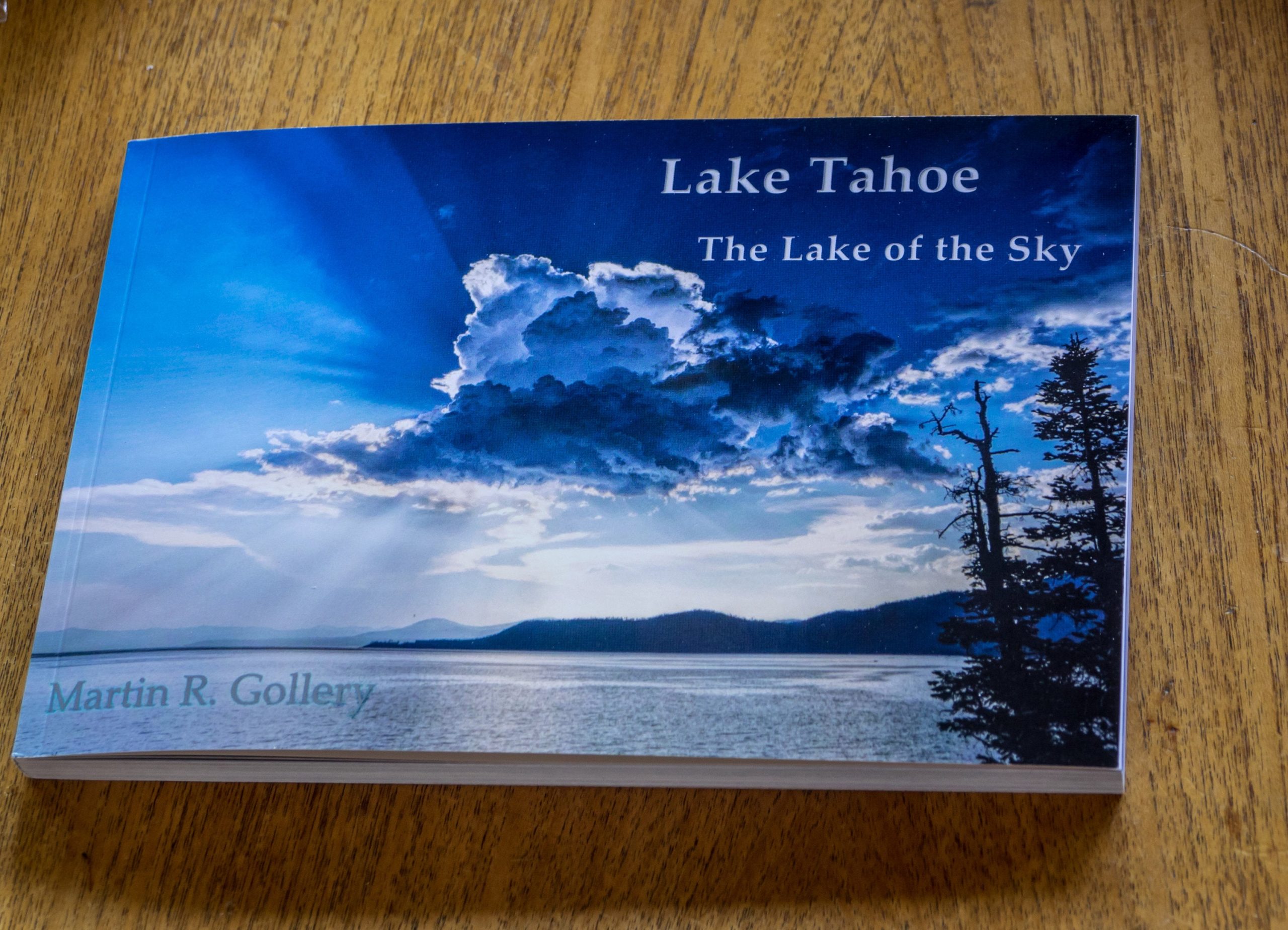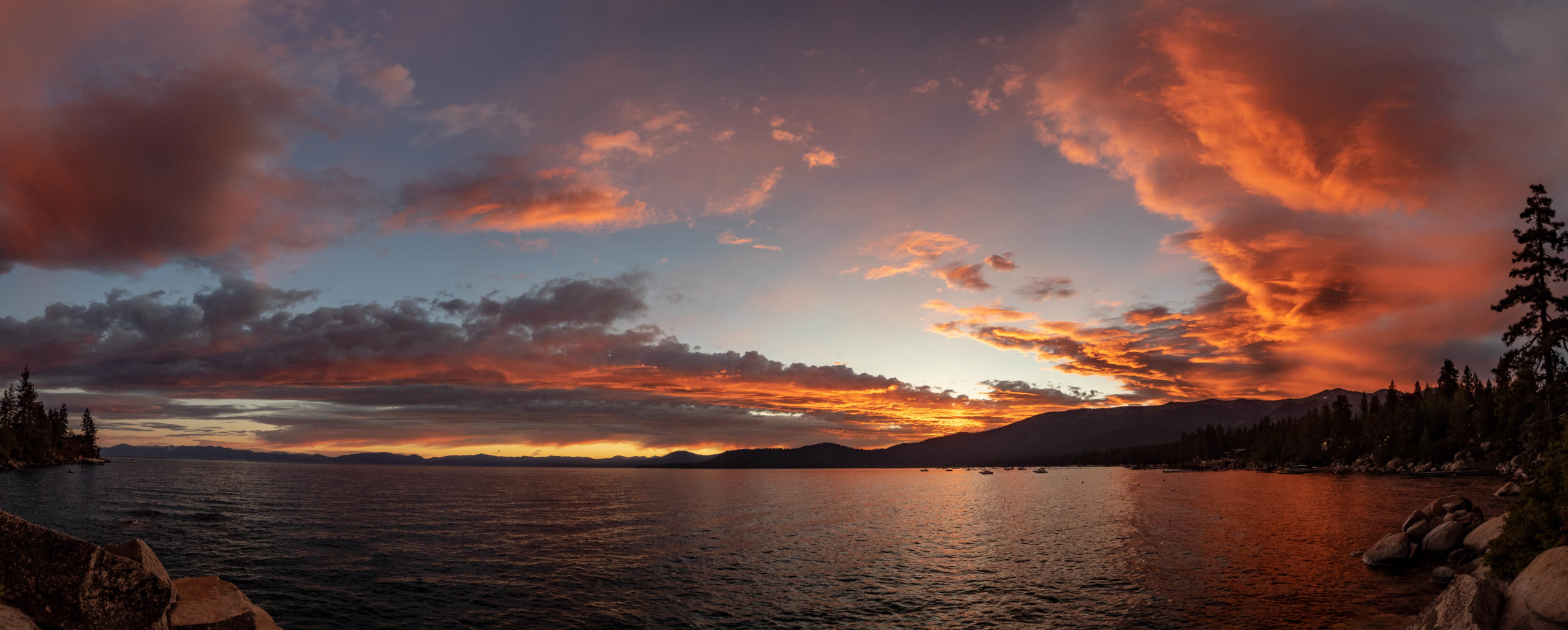Ansel in Incline
Summer 2020
Nevada photographer unknowingly recreates famous photograph.

BY MARTIN GOLLERY
In the year 1938, Lake Tahoe was a very different place than what we see today. The forests were recovering from being clear cut in the late 1800s; the highway was a narrow, winding road; and few people lived year-round in Incline Village.
The first tunnel had been blasted through Cave Rock, improving access, but still a trip around Lake Tahoe was not a trivial excursion. This didn’t stop a young photographer named Ansel Adams from making the trip. His friend and mentor, Cedric Wright, had been spending time there, though it is unclear whether they were traveling together. Adams described Wright as his best friend. They had much in common, not only in photography but also classical music—Wright was a violinist, Adams was a pianist.
Adams made a trip to Lake Tahoe in spring 1938, making a dramatic image of a thunderhead over the Sierra Crest from the Nevada side. It’s possible to assume that it was made sometime in the spring from the amount of snow on the mountains.
INTO FOCUS

I became aware of this image when someone pointed out that one of my photos looked like the Ansel Adams image. I looked up the image for comparison, and it was obvious that they were taken at the same place. Stateline Point lined up with Granite Chief at what is now the Squaw Valley Ski Resort. But there was a problem. I did not remember exactly where I had taken my image!
Thus began a bit of sleuthing and exploration. Lining up the point with the mountain was only part of the job. Then I had to identify the elevation—was it taken along what is now the highway, or down by the lake, or up on Tunnel Creek road, or farther up the mountain? I looked at the spacing of the Stateline Point on the lake and identified that the great photographer had done what millions of others have done since: he just pulled off the side of the road at a pullout that is still along State Route 28 at the south end of Incline Village.
I then tried to frame the image to match his composition. This was easy with a telephoto lens, and it gave a bit more information about the image. The Adams shot was vertical and stretches from just past Mt. Watson in the north to a short distance past Twin Peaks in the south. Matching this as well as possible, I found that my zoom was set at about 45 mm. This is what photographers call a ‘normal’ lens, in that it yields a normal perspective, neither telephoto nor wide angle. Adams was not shooting with a 35mm camera, but a large-format view camera. If he was using a 4×5 camera, he was probably using a 150mm lens, or a 6-inch lens as it would have been measured in 1938. If he was using an 8×10 camera, he would have been using a 300mm/12-inch lens.
I now refer to this pullout as the ‘Ansel Adams Lookout,’ and I shoot there often, as it is not far from my house!

